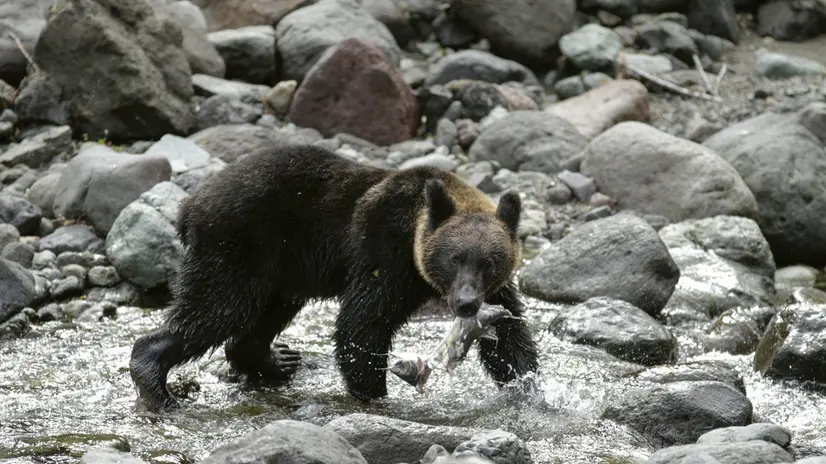Emergenza orsi in Giappone, 12 morti in sei mesi

TOKYO, 04 NOV - Il Giappone affronta la peggiore crisi da orsi bruni degli ultimi decenni, con almeno 12 vittime dallo scorso aprile e oltre 8.000 avvistamenti solo nella prefettura di Akita, dove tre persone hanno perso la vita. Di fronte all'escalation di incursioni negli insediamenti urbani - comprese scuole e quartieri residenziali - il governo ha convocato una riunione ministeriale nei giorni scorsi per definire entro metà novembre un pacchetto rafforzato di contromisure. Il capo di Gabinetto, Minoru Kihara, ha definito la situazione "una seria minaccia per la sicurezza pubblica", dopo che anche il ministro della Difesa, Shinjiro Koizumi, e quello dell'Ambiente, Hirotaka Ishihara, hanno messo in luce la carenza cronica di personale qualificato, tra cui cacciatori e operatori specializzati per gestire le catture. Nonostante le misure varate nel 2024, infatti, gli attacchi restano su livelli record. In questo contesto, le Forze di autodifesa terrestri (Gsdf), su richiesta del governatore Kenta Suzuki, si preparano a intervenire in via sperimentale nella prefettura di Akita, impossibilitata a far fronte alla crisi con le sole forze locali. L'aiuto logistico, il trasporto di trappole e materiali, non prevede l'abbattimento diretto degli animali, ma rappresenta un precedente significativo. Se il modello Akita dovesse rivelarsi efficace, osservano gli analisti, altre amministrazioni locali del Giappone settentrionale potrebbero chiedere il supporto delle forze armate, segnando una svolta nella gestione delle emergenze ambientali, che implica una ridefinizione del ruolo delle Forze di autodifesa. Secondo il ministero dell'Ambiente, in Giappone vivono due sole specie di orsi: l'orso nero presente nell'Honshu - che è l'isola principale del Paese, e nello Shikoku; mentre l'orso bruno ha il suo habitat nell'Hokkaido, l'isola più a nord dell'arcipelago. La prefettura di Akita è situata a nord ovest dell'Honshu.
Riproduzione riservata © Giornale di Brescia
Iscriviti al canale WhatsApp del GdB e resta aggiornato
